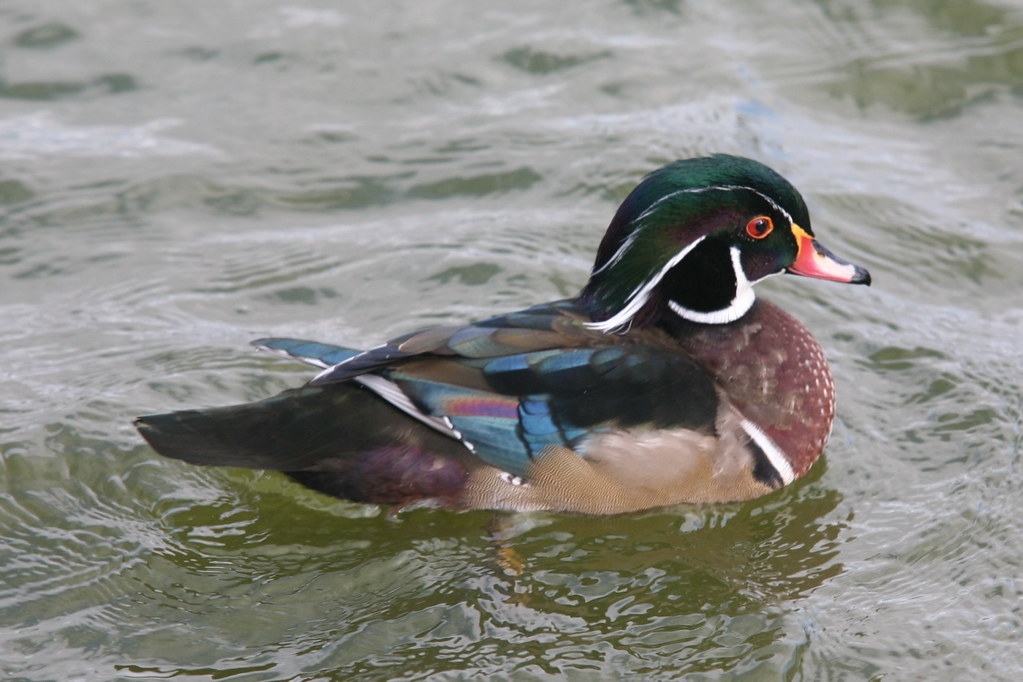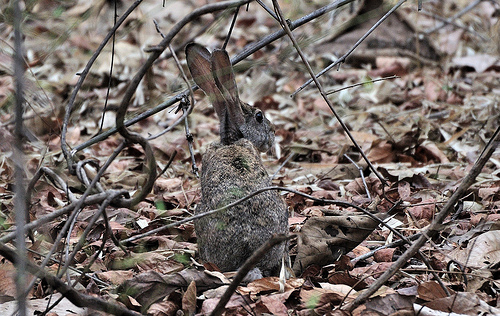 The white skinned leopards of the high altitude have for centuries lived a nomadic and isolated life in the snow peaked mountains of Central Asia. Born shy, no one knows for certain how many of the snow leopards today live in the wild, but that their numbers is diminishing is a given, looking at the conditions of the modern world. In order to make sure that the species can be genetically bred and preserved from extinction; scientists have now created for the very first time stem cells from the ear tissue of a snow leopard.
The white skinned leopards of the high altitude have for centuries lived a nomadic and isolated life in the snow peaked mountains of Central Asia. Born shy, no one knows for certain how many of the snow leopards today live in the wild, but that their numbers is diminishing is a given, looking at the conditions of the modern world. In order to make sure that the species can be genetically bred and preserved from extinction; scientists have now created for the very first time stem cells from the ear tissue of a snow leopard.
The experiment is significant because stem cells are those unique cells in any living being including humans that have the capability to become all other cells, tissues and organs of the body. Therefore, if the stem cells of the snow leopards are successfully created in lab, they can at least ensure that the species will not completely die like the dodo birds or the western black rhinoceros that was recently declared to be extinct.
“By generating these stem cells, we’ve taken the first step in creating reproductive cells from adult tissues of an endangered animal. In the future, we aim to harness the potential of the iPS cells and create offspring. This would help save species from extinction,” said Paul Verma from the Monash Institute of Medical Research (MIMR), who supervised the PhD project.
The researcher generated induced pluripotent stem (iPS) cells in the lab which have properties similar to the natural embryonic stem cell. This is the first time that a cat species tissue has been used for the purpose and therefore the researchers hope that it can help in the future preservation of the species.
The snow leopards prefer to live 3000m to 5,500 m above sea level in high altitudes. Very few people have been lucky enough to see them in the wild and it is estimated that their population varies from 3000 to 7000 in number.
The researchers say that it is difficult to breed endangered cat species whether they are in captivity or in the wild. With habitat loss and fragmentation, the geographic isolation of the individual pride of the cats also leads to lack of genetic diversity within the group.
In conditions such as these it will help to have artificially formed stem cells that can in future be used for cloning or artificial reproduction to save the species.
“The power of stem cells is that they can differentiate into all the cell types in the body,” said Verma. “This means they have the potential to become gametes. In fact, mouse iPS cells have given rise to entire off-spring, so the possibilities are enormous.”
The research is also a breakthrough because it is difficult to get reproductive cells from individual wild cats even if they are in captivity.
“There is a lot of interest in cryopreservation of tissue from endangered species, but for this to be useful for conservation, both sperm and an egg are required,” he said. “I’m really following my passion in applying my expertise in stem cells to help save these animals. I am applying the same techniques to other members of cat family, including the Bengal tiger, the jaguar and the serval.”
When the threats of habitat loss, climate change, global warming, poaching etc. are constantly triggering the loss of various species of the world, different avenues have to be looked into by conservationists to save what they can. Hence, although the research is a lab induced method to save the snow leopard it is still a way to save the species, when protection and conservation of the natural surroundings becomes too difficult.
Related Stories:
Leopards: victims of the man-animal conflict
Darjeeling to have Breeding Centre for Himalayan Endangered Species
Uttarakhand Captures its first Snow Leopard on Camera
Image via Flickr/cc Noel Reynolds




